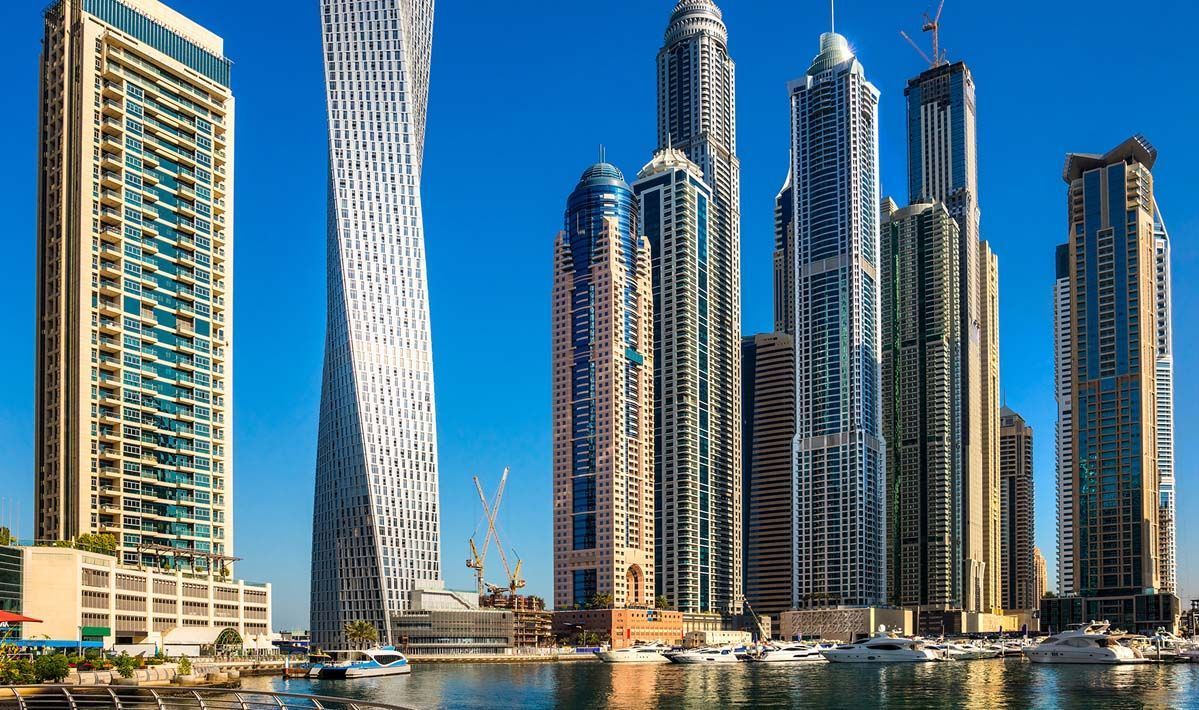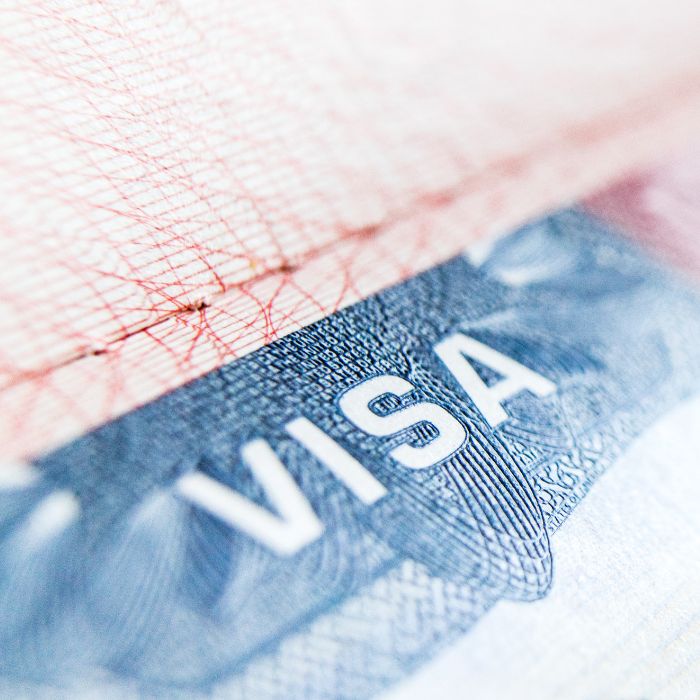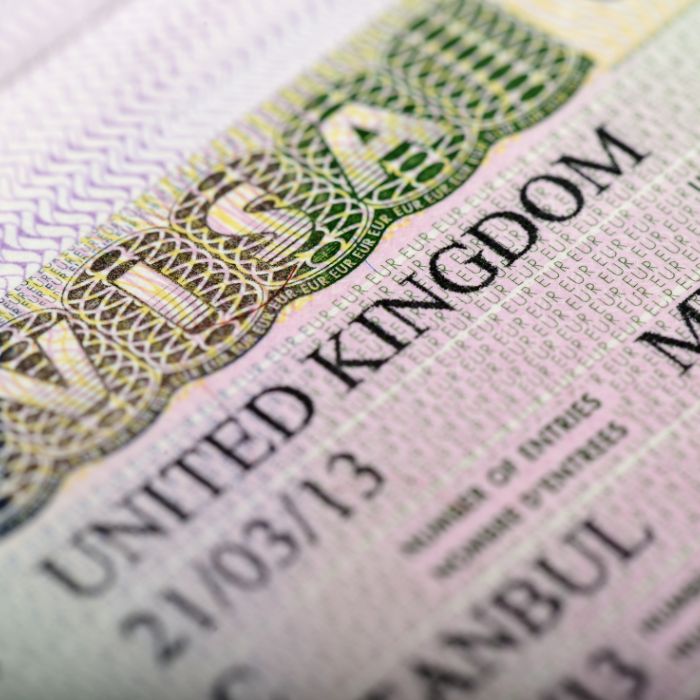A Few Important Aspects About Entry Permits in the UAE
August 10, 2016
By: Marcin Kubarek
The movement of people in and out of the United Arab Emirates (UAE) is regulated by the General Directorate of Residency and Foreigners Affairs (GDRFA), and the majority of foreign nationals intending to travel to the UAE must demonstrate a valid visit purpose and secure an entry permit prior to entering the country. Exceptions to this latter requirement include citizens of Gulf Cooperation Council (GCC) countries and citizens of 47 countries who are eligible to receive visitor visas on arrival at the UAE port of entry.
Format of entry permits
UAE entry permits operate essentially as visas, issued either as physical or electronic documents that identify the foreign national and the sponsor. Depending on an employer’s physical location, different regulations dictate the form of an entry permit. For example, entry permits sponsored by companies located in the mainland are issued electronically, as are those issued by tourist agencies, hotels, and airlines. In contrast, entry permits issued by companies located in certain free zones are issued as original hard-copy documents.
Regardless of the format of the permit, foreign nationals must present entry permits to the immigration officer at the port of entry. The immigration officer examines and scans the entry permit, and has the discretion to take fingerprint and retina scans of any individual wishing to enter the UAE. The immigration officer then manually stamps the entry permit and the passport with the date of UAE entry.
Purpose, validity, and duration of entry permits
Entry permits vary in purpose and duration. Certain entry permits commence the process of obtaining a residence permit in the UAE, including employment entry permits, property-owners’ entry permits, entry permits for dependent family members of eligible UAE residents, and entry permits for study. Entry permits that enable only short-term presence in the UAE include visitor visas for transit, tourism, leisure, business, attending conferences, and visitor visas for residents of GCC countries.
As a note of caution, individuals should not confuse the validity of an entry permit with the duration of authorized stay in the UAE. The validity of the entry permit refers to the period within which the entry permit must be used for entry, while the duration of stay refers to the period during which the individual is permitted stay within the UAE after arrival. For entry permits that allow individuals to obtain a residence permit, the duration of stay refers to the period within which the residence permit process must be completed.
Adding to the complexity is that in certain cases, the authorized duration printed on the front of the entry permit does not always correspond with the general instructions printed on the reverse of each entry permit. In practice, however, the general instructions are overridden by the specific instructions on the front of the entry permit. The general instructions also contain some inconsistencies; for example, the Arabic term for work means both “work” and “business” in English, which carry very different implications in the context of UAE immigration law. Puzzling through these discrepancies can be even more difficult when examining entry permits for Arab nationals, as the specific instructions on the front are printed in Arabic only.
Recent changes affecting entry permits
In 2014, the UAE Ministry of Interior issued several amendments to the regulations of entry and exit into the country, which both introduced new categories of entry permits and modified existing ones. The decision codified the de facto long term multiple entry visit visa for employment and for property owners and introduced a new multiple entry visit visa category for tourists travelling on board ships or coming to the UAE for festivals, exhibitions, conferences, and seminars. The decision also made changes to naming conventions. The “service visa” became the short term visit single entry visa for business/work, while the “mission visa” became the long term visit single entry visa for business/work. Usefully, the Ministry clarified provisions of some visit visas in terms of duration, the number of entries, permissible stay, and allowable activities while inside the country.
Conclusion
Ensuring compliance with local immigration regulations is important from the beginning of a prospective employee’s movement into the UAE, and understanding the mechanisms and variations of UAE entry permits provides insight into the administrative complexity of the country’s immigration regulations. Each type of entry permit serves a specific purpose that sets the course for an individual’s stay in the UAE, and individuals as well as employers are well-advised to educate themselves from the start about all aspects of immigrating to and emigrating from the UAE.
Learn more about our UAE practice.















